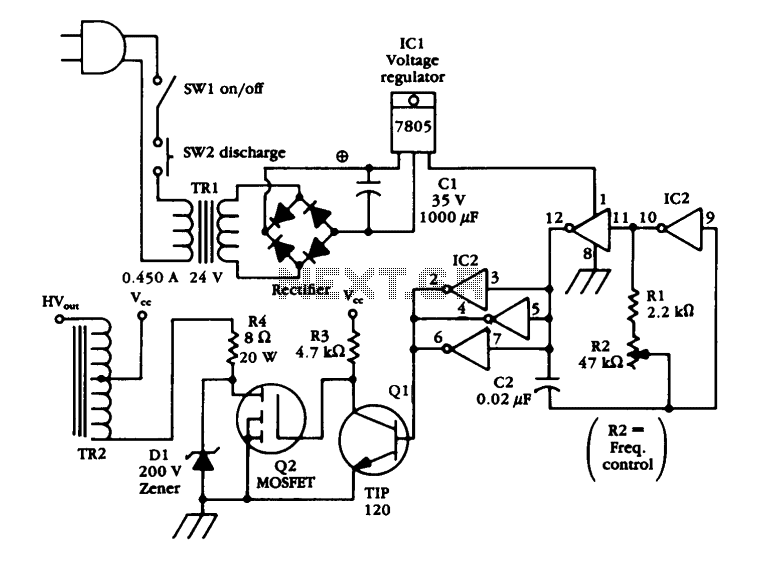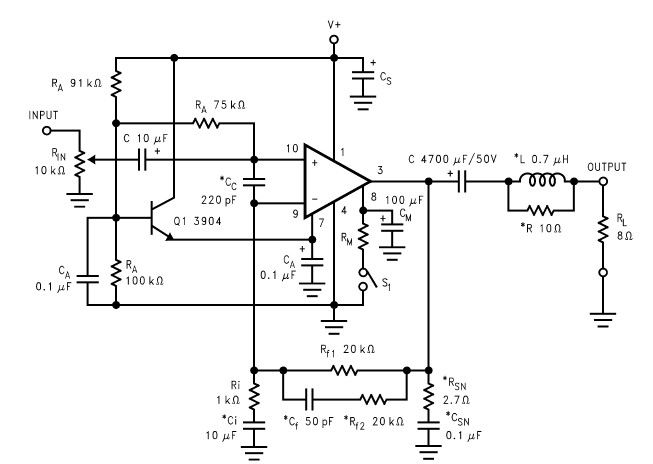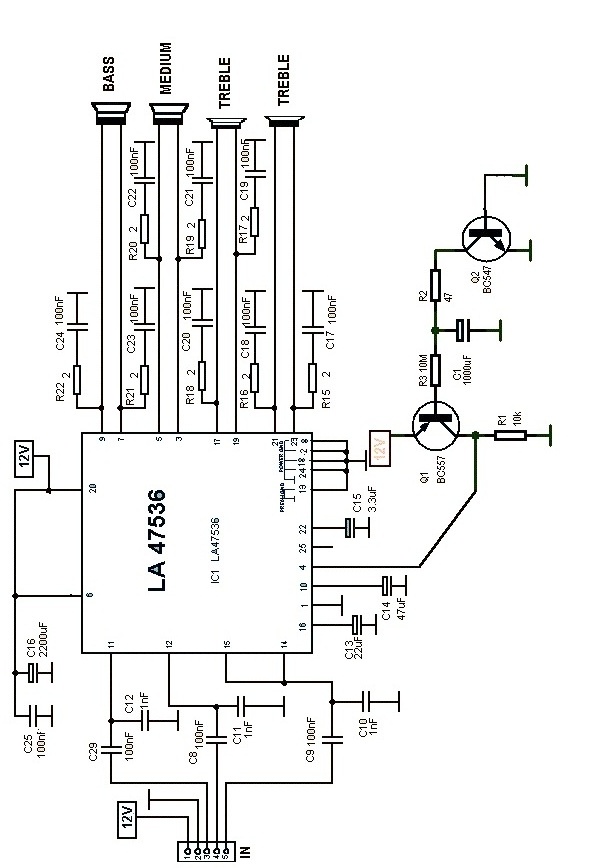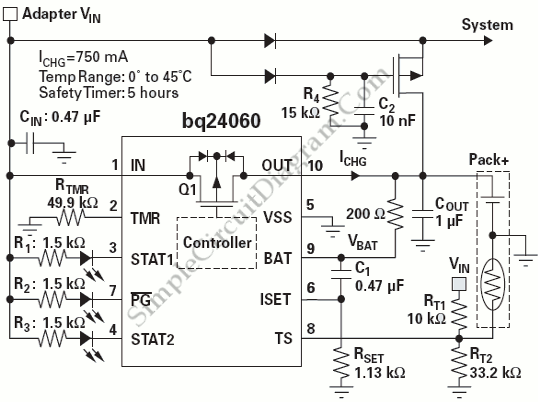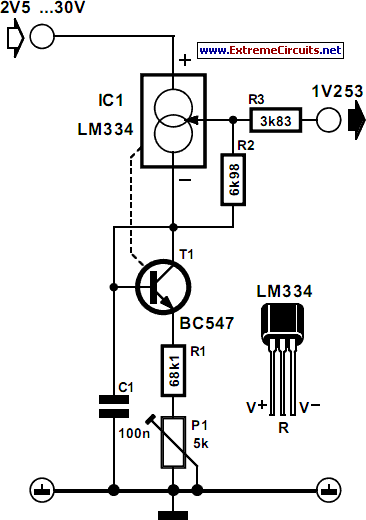
5V transformerless Power Supply
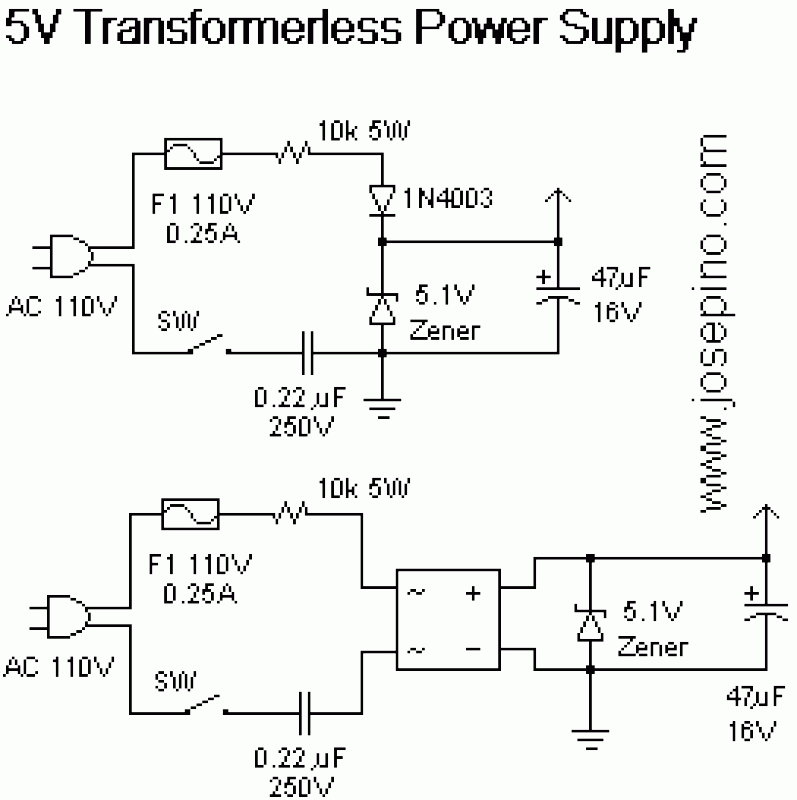
I use this power supply for applications that doesn't use too mucho power. It can provide power to circuit that uses less than 100mA without any problem. The disadvantage of this circuit is the danger of an electrical shock, so it cannot be used if the circuit is in contact with the user. The voltage supplied by this is determined by the zener diode. The version of the transformerless power supply that uses a bridge rectifier provides more current than the first one because it rectifies both phases of the AC voltage. Do not use it for 250VAC. It is dangerous! In fact, DO NOT BUILD THIS PROJECT.
This power supply design is a transformerless type, which is often used in low-power applications requiring less than 100mA of current. The circuit operates by utilizing a zener diode to regulate the output voltage, providing a stable supply for low-power electronic devices. The absence of a transformer reduces the size and weight of the circuit, making it suitable for compact applications.
However, safety is a significant concern with this type of power supply. The circuit operates directly from the AC mains voltage, which poses a risk of electrical shock. Therefore, it is imperative to ensure that the circuit is completely isolated from any user contact. The design should include appropriate precautions to prevent accidental exposure to live components.
The use of a bridge rectifier in this configuration enhances the current output capability by rectifying both halves of the AC waveform, thus delivering a more efficient conversion to DC. This configuration is preferable when higher current is needed, but it still must be handled with caution, particularly regarding input voltage levels. It is explicitly advised not to use this circuit with 250VAC as it presents a significant danger, potentially leading to severe electrical hazards.
In summary, while this transformerless power supply can be effective for low-power applications, its inherent risks necessitate careful design consideration and strict adherence to safety guidelines to prevent user contact with live circuitry.I use this power supply for applications that doesn't use too mucho power. It can provide power to circuit that uses less than 100mA without any problem. The disadvantage of this circuit is the danger of an electrical shock, so it cannot be used if the circuit is in contact with the user. The voltage supplied by this is determined by the zener diode. The version of the transformerless power supply that uses a bridge rectifier provides more current than the first one because it rectifies both phases of the AC voltage.
Do not use it for 250VAC. It is dangerous! In fact, DO NOT BUILD THIS PROJECT. 🔗 External reference
This power supply design is a transformerless type, which is often used in low-power applications requiring less than 100mA of current. The circuit operates by utilizing a zener diode to regulate the output voltage, providing a stable supply for low-power electronic devices. The absence of a transformer reduces the size and weight of the circuit, making it suitable for compact applications.
However, safety is a significant concern with this type of power supply. The circuit operates directly from the AC mains voltage, which poses a risk of electrical shock. Therefore, it is imperative to ensure that the circuit is completely isolated from any user contact. The design should include appropriate precautions to prevent accidental exposure to live components.
The use of a bridge rectifier in this configuration enhances the current output capability by rectifying both halves of the AC waveform, thus delivering a more efficient conversion to DC. This configuration is preferable when higher current is needed, but it still must be handled with caution, particularly regarding input voltage levels. It is explicitly advised not to use this circuit with 250VAC as it presents a significant danger, potentially leading to severe electrical hazards.
In summary, while this transformerless power supply can be effective for low-power applications, its inherent risks necessitate careful design consideration and strict adherence to safety guidelines to prevent user contact with live circuitry.I use this power supply for applications that doesn't use too mucho power. It can provide power to circuit that uses less than 100mA without any problem. The disadvantage of this circuit is the danger of an electrical shock, so it cannot be used if the circuit is in contact with the user. The voltage supplied by this is determined by the zener diode. The version of the transformerless power supply that uses a bridge rectifier provides more current than the first one because it rectifies both phases of the AC voltage.
Do not use it for 250VAC. It is dangerous! In fact, DO NOT BUILD THIS PROJECT. 🔗 External reference
